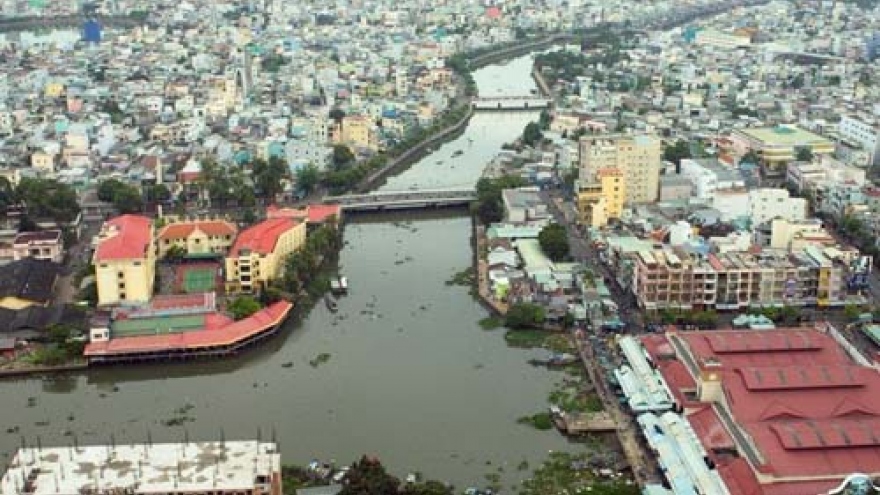Can Tho City courts investment
The Mekong Delta city of Can Tho has implemented measures like improving infrastructure and offering investment incentives to attract more investors, especially to its industrial parks.
It has also focused on building infrastructure at IPs to serve businesses operating there.
For instance, the Tra Noc IP has built a wastewater treatment plant with a capacity of 6,000cu.m a day while the Not IP has a plant with a capacity of 2,500cu.m.
At the Thot Not, Saigon-New Port Corporation has put into operation the Tan Cang-Thot Not port capable of receiving 2,000 DWT vessels and 1,000-tonne barges and with a 1.1ha freight yard.
The terminal plays an important part in loading goods and containers with a focus on rice, aquatic products and animal feed from Can Tho and neighbouring provinces including An Giang, Kien Giang and Dong Thap.
The terminal also provides all-in logistics services for waterways connecting the Mekong Delta with HCM City and deep-water ports such as Cai Mep-Thi Vai port as well as with Cambodia.
In addition to building technical infrastructure, the city also offers incentives and policies to support investors.
Factories in IPs in priority sectors and with an investment of 60 billion VND (2.69 million USD) or more will get a 20 percent interest subsidy on loans.
The city plans to continue with the task of completing administrative procedures and creating a fair and transparent business environment among others in addition to offering clean lands at IPs to attract more investors.
According to the Can Tho Industrial Parks and Export Processing Zones Authority, the city has six concentrated industrial parks — the 135ha Tra Noc 1 (fully occupied), 155ha Tra Noc 2 (96 percent occupation), 262ha Hung Phu 1 (21 percent occupation), 134ha Hung Phu 2A (43.4 percent occupation), 62ha Hung Phu 2B (the Republic of Korea's Tae Kwang Company leased all), and the 600ha Thot Not (61 percent out of 104ha in the first phase leased).
In addition, the Government has added two other IPs – O Mon IP with 600ha and Bac O Mon IP with 400ha in the city – to the zoning plan for IPs development in Vietnam.
According to its Department of Planning and Investment, in the first nine months of the year city IPs attracted seven projects with a total registered capital of nearly 190 million USD.
Together the IPs are home to 223 projects with a total investment of 2.12 billion USD, of which 22 with an investment of 369.87 million USD are foreign-owned, it said.
In the past 20 years the IPs have greatly contributed to social and economic development of the city in particular and the Mekong Delta region and the country in general.


